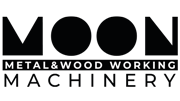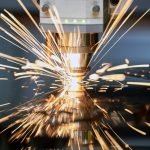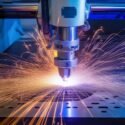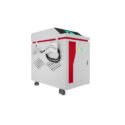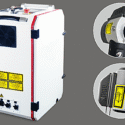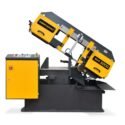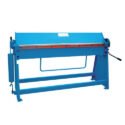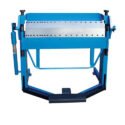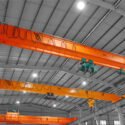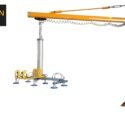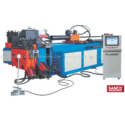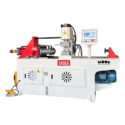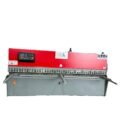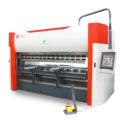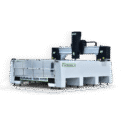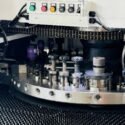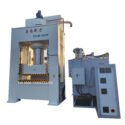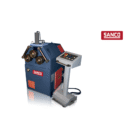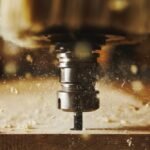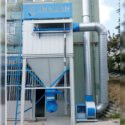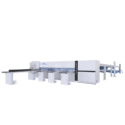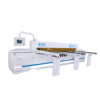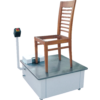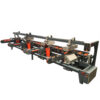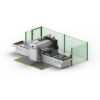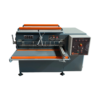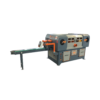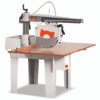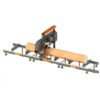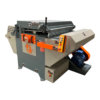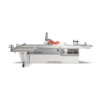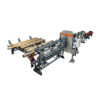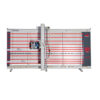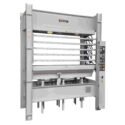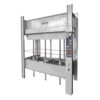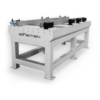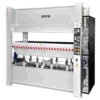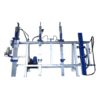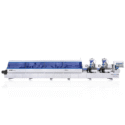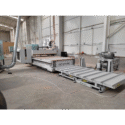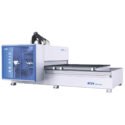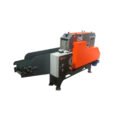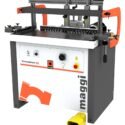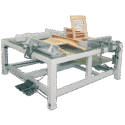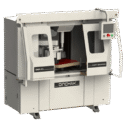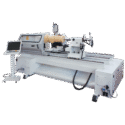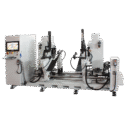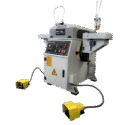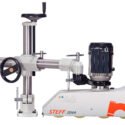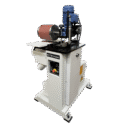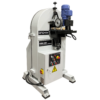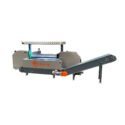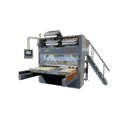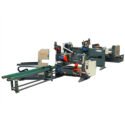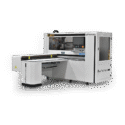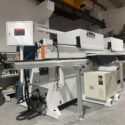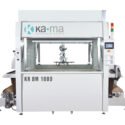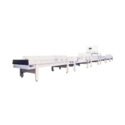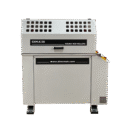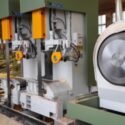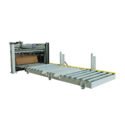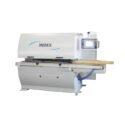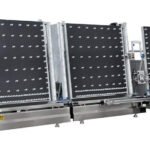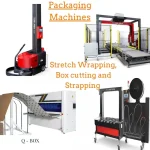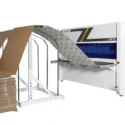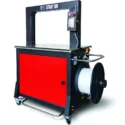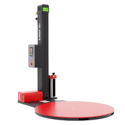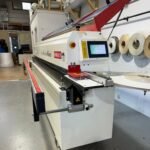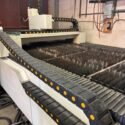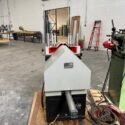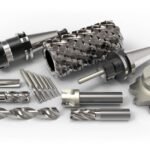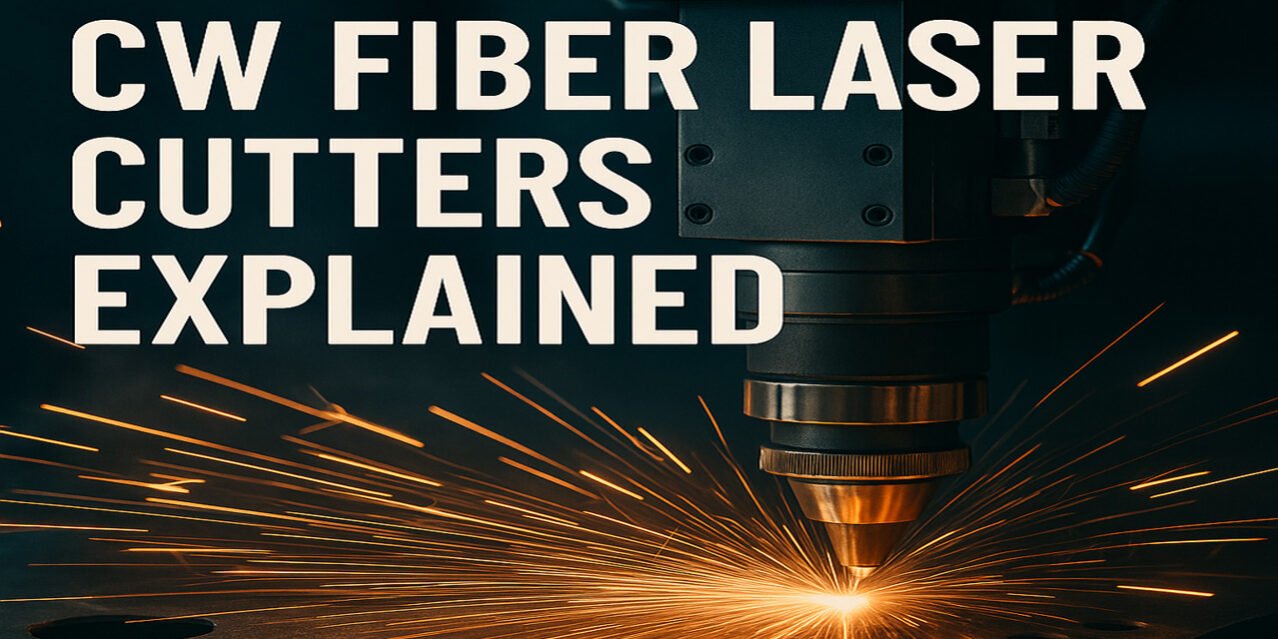Interested in a CW Fiber Laser Cutter but not really sure what it is or what it can do for you?
In this article, we will break down what each term means, how they work, their applications, as well as advantages, limitations, and considerations before buying one.
Look no further than Moon Machinery to provide you with much needed information.
What is a CW Fiber Laser Cutter?
Let’s start things off by breaking down the terms.
CW stands for Continuous Wave, which means that the light output intensity is constant over time. A good example of this would be a laser pointer. The term laser stands for Light Amplification by Stimulated Emission of electromagnetic Radiation. This means that a laser is concentrated light stimulated by changes in energy states of electrons.
Let’s delve a little deeper and look at what a Fiber Laser is. Fiber Lasers are diode pumped solid state lasers that use fiber optic cables as their laser gain medium (we will look more into this in the “How does it work?” section of this article).
The fiber optic cable is bounded by Bragg gratings at each end, one of which is fully reflective while the other is mostly reflective but partially transparent, which creates a high power resonator.
The longer wavelengths of light resonate between the gratings (they reflect light at an angle determined by the geometry of the reflecting surface; a critical angle that contains the light within the fiber optic cable).
The wavelengths are amplified with every pass back and forth through the laser gain medium until the longer wavelengths exit through the partially transparent grating.
To finish off this section, a CW Fiber Laser Cutter is a machine that uses a continuous wave fiber laser to cut through a wide variety of materials from leather to metal.
How Does It Work?
Lasers work using the stimulated emission and amplification of photons emitted by electrons in an enclosed space or cavity with mirrors on each end.
They work using 4 principals: Spontaneous Emission, Stimulated Emission, Population Inversion, and Amplification. For more information on each of these principals, visit the Laser Lab Source website here.
The enclosed space or cavity is made with a laser gain medium which can be specifically formulated (doped) crystal, a tube filled with gas, or a specific semi-conductor P-N junction called a laser diode.
In the case of CW Fiber Laser Cutting Machines, we use the third option with a fiber optic cable.
The excited photons emitted by the electrons through the 4 principals, are reflected back and forth by the mirrors or reflective surfaces on each end of the space.
Now, I have mentioned this previously, but you might still be wondering how the light exits the cavity. Well, one of the mirrors is a fully reflective surface, meaning that no light will pass through it.
However, the second mirror, although it is still mostly reflective, it does allow a small percentage of light to pass through.
The reason behind this is the optical coating. The coating is made of a thin layer of metal, which is typically gold, silver, or aluminum depending on the laser’s wavelength.
Therefore, using the fiber optic cable, which can be from a few meters in length to kilometres to allow them to have a very wide power output range, they can reach very high power levels that can cut through many types of materials.
Applications
CW Fiber Laser Cutters can be used throughout many industries. If a certain market requires consistent, clean, fast cuts of materials, they are usually up for the job. Typically, they would be used mainly for industrial, commercial, and/or creative applications. They can cut materials from metal and wood, to leather and are well sought-after for their clean and accurate results no matter the material with their variety of available settings.
Advantages
The main advantages of the increasingly more accessible Fiber Laser Cutting Machines are the speed at which they cut and how clean their cuts are. Compared to other metal cutting machines, like plasma or CO2, Fiber Laser Cutting Machines can cut materials at much higher speeds therefore finishing jobs faster than its competitors. Not only are they faster at cutting materials, their cuts are also much cleaner.
Fiber Laser Cutters might be more expensive than Plasma Cutters but with their increased speed and cleaner cuts, the expense is justified.
Limitations
All good machines, no matter their advantages, do always have some limitations. In this case, Fiber Laser Cutting Machines are limited in the thickness of materials that they can cut.
While 90-95% of metals cut in metalworking applications are 2 inches and under, there would still be cases where you might need to cut metal sheets 10 inches thick, for example. Fiber Laser Cutters would not be the best choice for this type of application. For thicker metals, a Plasma Cutter would be more appropriate for the task.
Considerations Before Purchase
There are multiple things that you should take time to consider before making the decision to buy a CW Fiber Laser Cutter for your factory or workshop.
First things first, you need to consider if it would be worth it to buy one in the long run. Machines like this can cost over $200k. Therefore, if you are outsourcing for your cutting needs and it costs you only around $3k per year, then it would not be worth it to buy such an expensive machine.
However, if you are spending around $100k per year for materials to be cut outside your shop, then a CW Fiber Laser Cutting Machine would pay for itself after only 2 years.
Additionally, you would be cutting materials on your own schedule along with being able to keep scrap material to recycle and use for other jobs instead of losing it to the company you hired or paying a fee in order to keep it.
A second thing you should consider is the type of material you want to cut, its size, and also the finish you want on the material. If, for example, speed does not matter to you, buying a plasma cutter might be the better option for you. However, if you are looking for a fast cutter with clean results, a CW Fiber Laser Cutter would be the best choice.
Lastly, Fiber Laser Cutting Machines do vary in size but are generally quite large machines. So, take into consideration the size of your shop before deciding to buy a Fiber Laser Cutter, and make sure that a machine of this size would be able to fit safely inside.
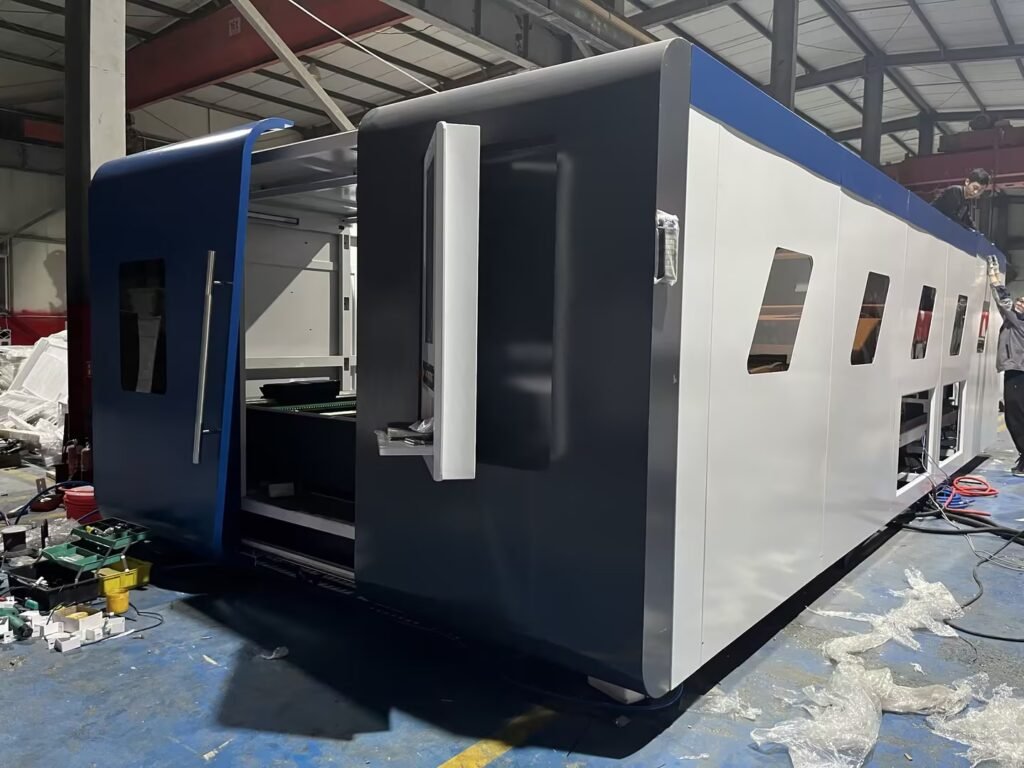
Conclusion
All in all, Continuous Wave Fiber Laser Cutting Machines are precise and fast cutting machines with clean results that make it worth it’s high price especially if you outsource for cutting for $100k per year or over at your factory or workshop.
I hope you found it to be interesting how, by saying it simply, only reflecting photons back and forth inside a cavity can create so much power that a continuous wave laser like your laser pointer that does not even do damage to your skin can, in turn, run so hot that it can cut through metal.
To finish this off, make sure to consider using a CW Fiber Laser Cutting Machine if you’re in need of a faster cutter with cleaner results, but keep in mind that a Plasma Cutter or CO2 Laser Cutter could also work just fine if you are not worried about speed or cleanliness.
Feeling well informed and interested in buying? Check out our selection of Laser Cutters here.
References:
CW Laser Basics. (2021, February 8). Laser Lab Source. Retrieved July 31, 2025, from https://www.laserlabsource.com/Solid-State-Lasers/cw-laser-basics
Gwinner, S. (2019, August 19). Fiber Laser Basics and Design Principles. Laser Lab Source. Retrieved July 31, 2025, from https://www.laserlabsource.com/Solid-State-Lasers/Solid-State-Lasers/fiber-laser-basics-and-design-principles
